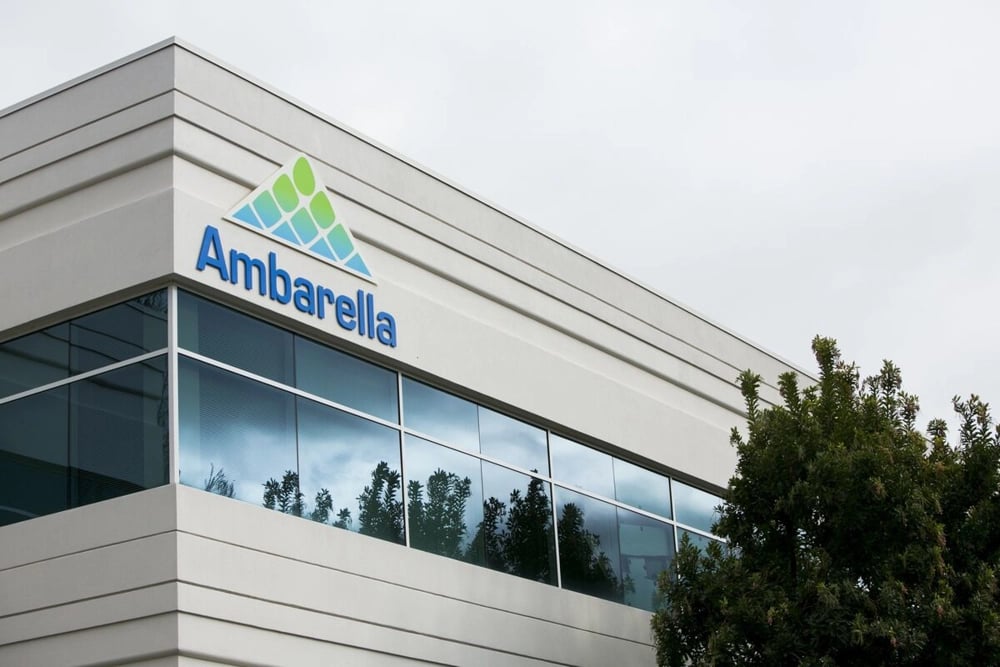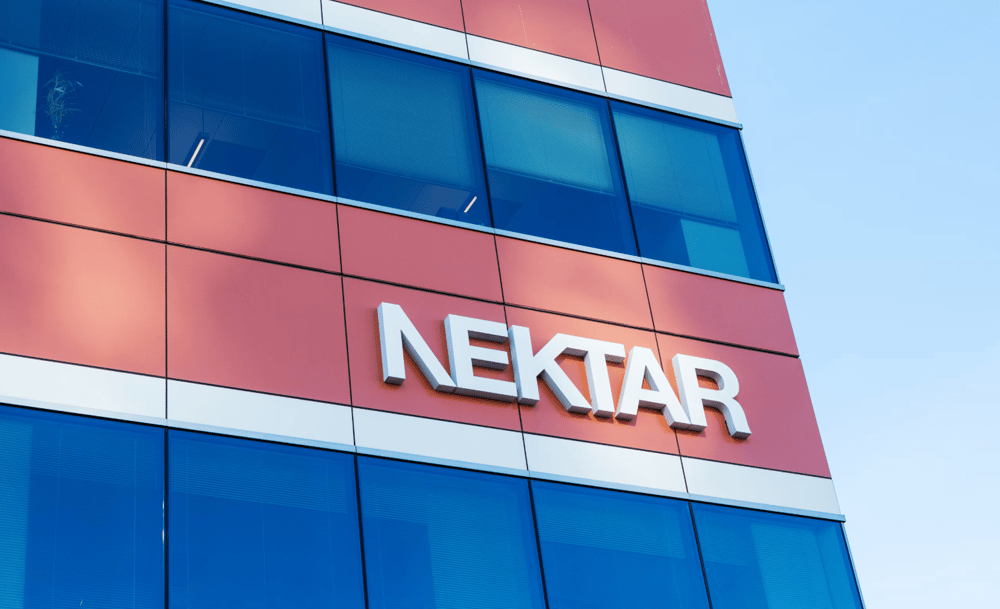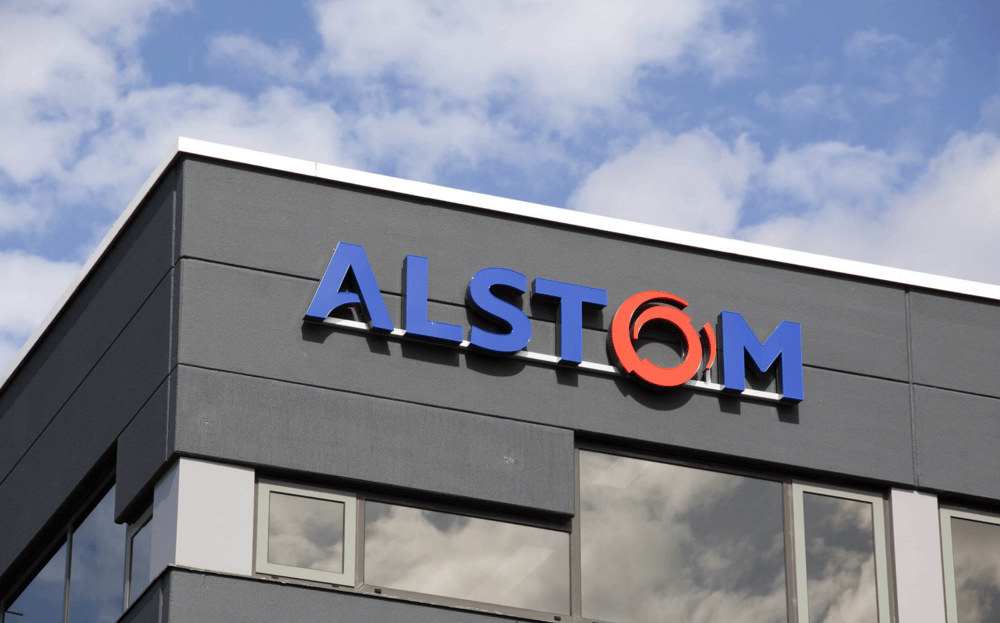Executive Security Takes Center Stage How UnitedHealth Group, Johnson & Johnson, and Eli Lilly Respond to Emerging Threats
The US healthcare sector is witnessing a shift in corporate risk management policies. UnitedHealth Group $UNH, a major player in this space, has reported a substantial increase in executive security expenditures for 2024, totaling nearly $1.7 million—a new high for the company. This move follows a tragic event in December, when senior executive Brian Thompson was fatally shot outside a Manhattan hotel.
Reshaping Corporate Policy Executive Protection in the Spotlight
Reassessing security protocols and mitigating risks at the leadership level has become a necessity in the wake of targeted violence against executives. For the first time, UnitedHealth Group's public filings disclose not only the overall budget for executive protection, but also an additional $207,931 allocated to cover personal and home security for certain family members of top executives.
Key Steps Taken by Industry Leaders
Comprehensive security programs covering the professional and personal lives of key executives
Updates to corporate policies for threat assessment and incident response
Widened collaboration with specialized security agencies

Beyond UnitedHealth Widespread Industry Changes
This trend extends beyond a single company. Pharmaceutical giants Johnson & Johnson $JNJ and Eli Lilly $LLY have also significantly increased their spending on executive protection in 2024, according to recent filings with federal regulators. Enhanced safeguards for leadership teams have become a sector-wide priority in healthcare and pharma.
Top 5 Catalysts for a New Security Paradigm in Healthcare
The Brian Thompson incident triggering an urgent review of executive security
Increased competition and heightened corporate risk environments
Greater regulatory focus on transparency in security spending
Social tensions linked to changes in healthcare systems
Technological advancements in surveillance and access control
New Benchmarks for Executive Protection
Inclusion of executive family members in comprehensive security coverage
Greater transparency in security-related expenditure reporting
Higher demand for preemptive risk mitigation strategies via outside contractors
Increased investment in secure communications and monitoring technologies
Proactive risk assessment for business travel and high-profile meetings

Expert Take on Evolution in Business Realities
In 2024, the US healthcare market confronts a new reality: executive security is now a core component of corporate infrastructure. Practices once seen mostly in tech or banking have become the norm for pharma and health insurance. Reporting and transparency over these expenditures are now viewed as critical benchmarks of risk management maturity and leadership loyalty.















Comments
Forward-thinking investment strategies are paving the way for unmatched growth in capital.